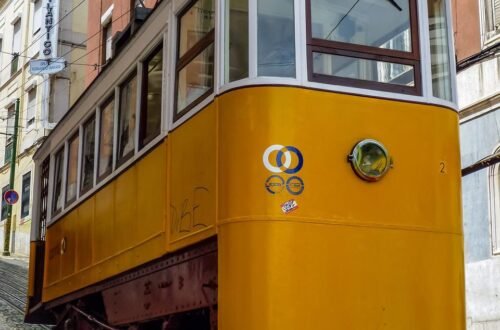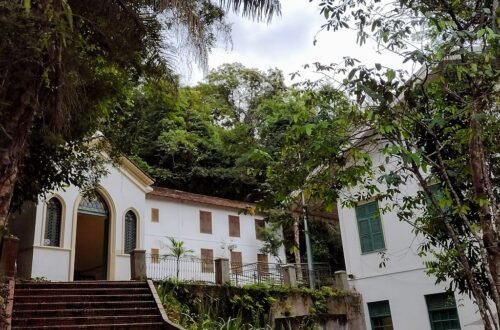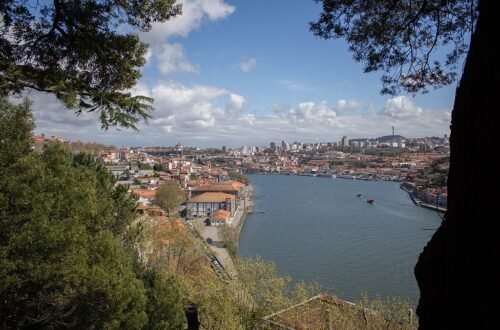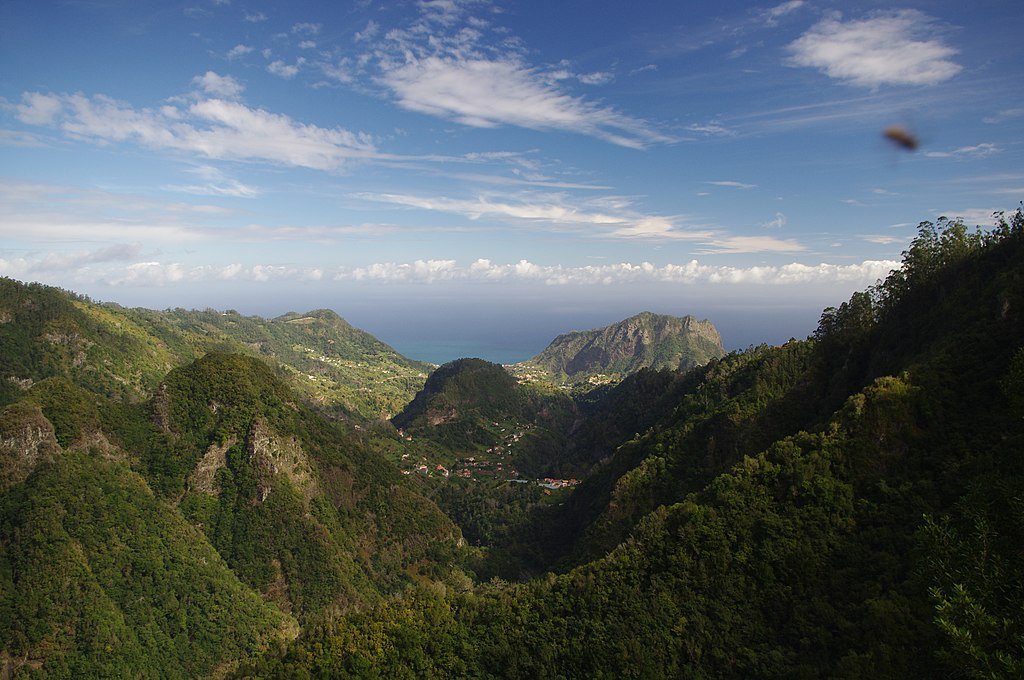
15 Things to Visit in Madeira (Portugal)
There are things that you wouldn’t anticipate finding in an area of Europe when you’re in the far-off Atlantic Ocean at the same latitude as North Africa. On the Madeira Archipelago, there may be subtropical laurel forests supported by an environment that mimics an eternal spring and soils that support a wide variety of plant life. The nice thing about the island of Madeira’s natural sceneries is that you can easily explore them on mountain routes or by travelling through old irrigation canals known as “levadas”. There are numerous botanical gardens with a dizzying array of flora, so you don’t even need to travel to the mountains to experience the riches of nature. And the ocean is there to be explored for whale-watching excursions and diving on warm, clear seas. Let’s examine the top activities in Madeira:
- Ponta de São Lourenço
- Cabo Girão
- Pico Ruivo
- Levada Walks
- Funchal Cable Car
- Panoramic Drives
- Parque Forestal de Queimadas
- Monte Palace Tropical Garden
- Vereda dos Balcões
- Madeira Film Experience
- Palheiro Gardens
- Diving
- Boat Trips
- Madeira Whale Museum
- Madeira Wine
Ponta de São Lourenço
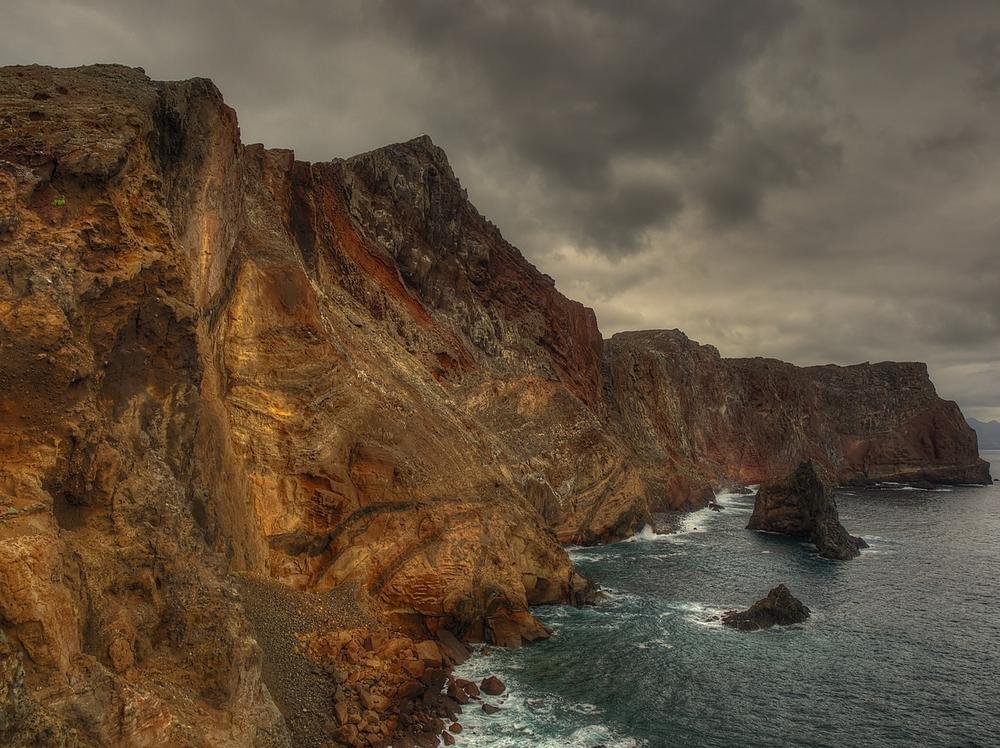
A nature reserve with enormous reddish-hued volcanic boulders can be found in the extreme east of Madeira. It’s a hike worth doing for the moving views of the Atlantic and for photos that look like the ends of the Earth. Unusual flowering plants like cardoons and everlastings might grow due to the soil and environment, among other factors. There are only sporadic rest stations with picnic tables after the relatively new Quinta does Lorde resort. Nearly every turn leading to breathtaking lookouts like the Ponta do Furado has something to stop you in your tracks.
Cabo Girão
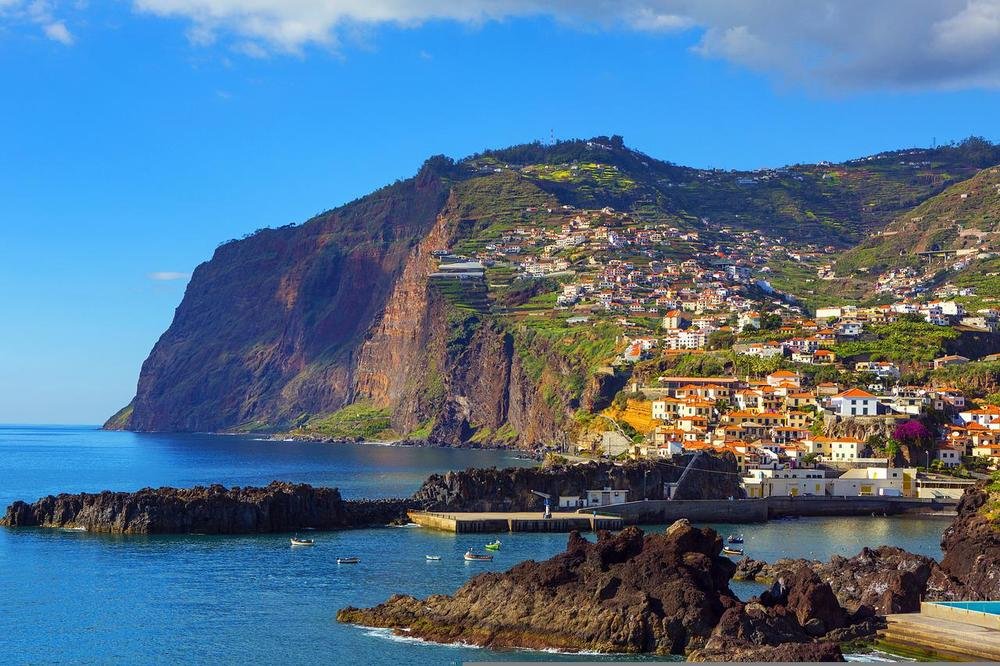
At the top of this 580-meter-high cliff on Madeira’s south coast, a “skywalk” was put in place in 2012. Only those with a head for heights should attempt this because the platform hangs over the cliff’s edge and features glass floor tiles that provide a clear, dizzying view of the ocean far below. If this is your style of entertainment, you’ll be even happier to learn that it is totally free. You can see little farms spread out over the short area of land between the cliff wall and the water when you look down. You’ll also be treated to stunning views of Funchal from the platform’s east side. The tour that’s highly recommended: Capo Girao Cliff and Mountains 44 Experience
Pico Ruivo
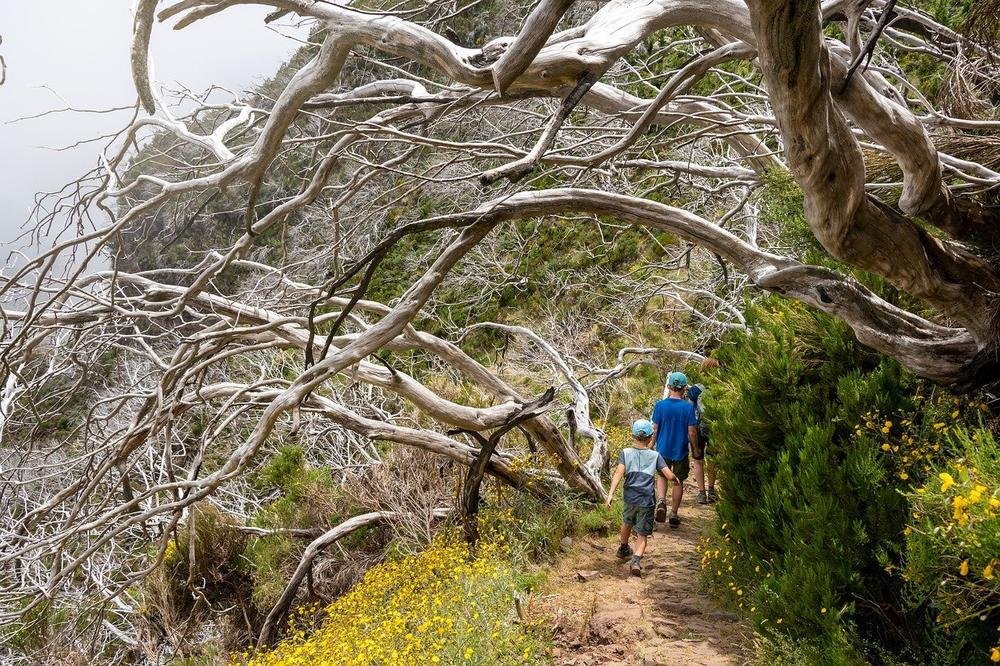
If you’re ready for the challenge, you can hike Madeira’s highest peak (1,862m) if you have the proper footwear and pay attention to the weather. The trek takes about six hours and starts at the Pico do Arieiro for experienced hikers. Despite the fact that there are quicker, easier routes to the summit (such as those from Achada do Teixeira), this track offers the most breathtaking views. The splendour of the views from the trail to the peak can only be somewhat expressed in words. Mosses, ferns, and heather give the rocky mountain landscapes a green hue, and you’ll want to stop along the way to take pictures of the birds and lizards. A hike is available: Pico Areeiro to Pico Ruivo Hike.
Levada Walks
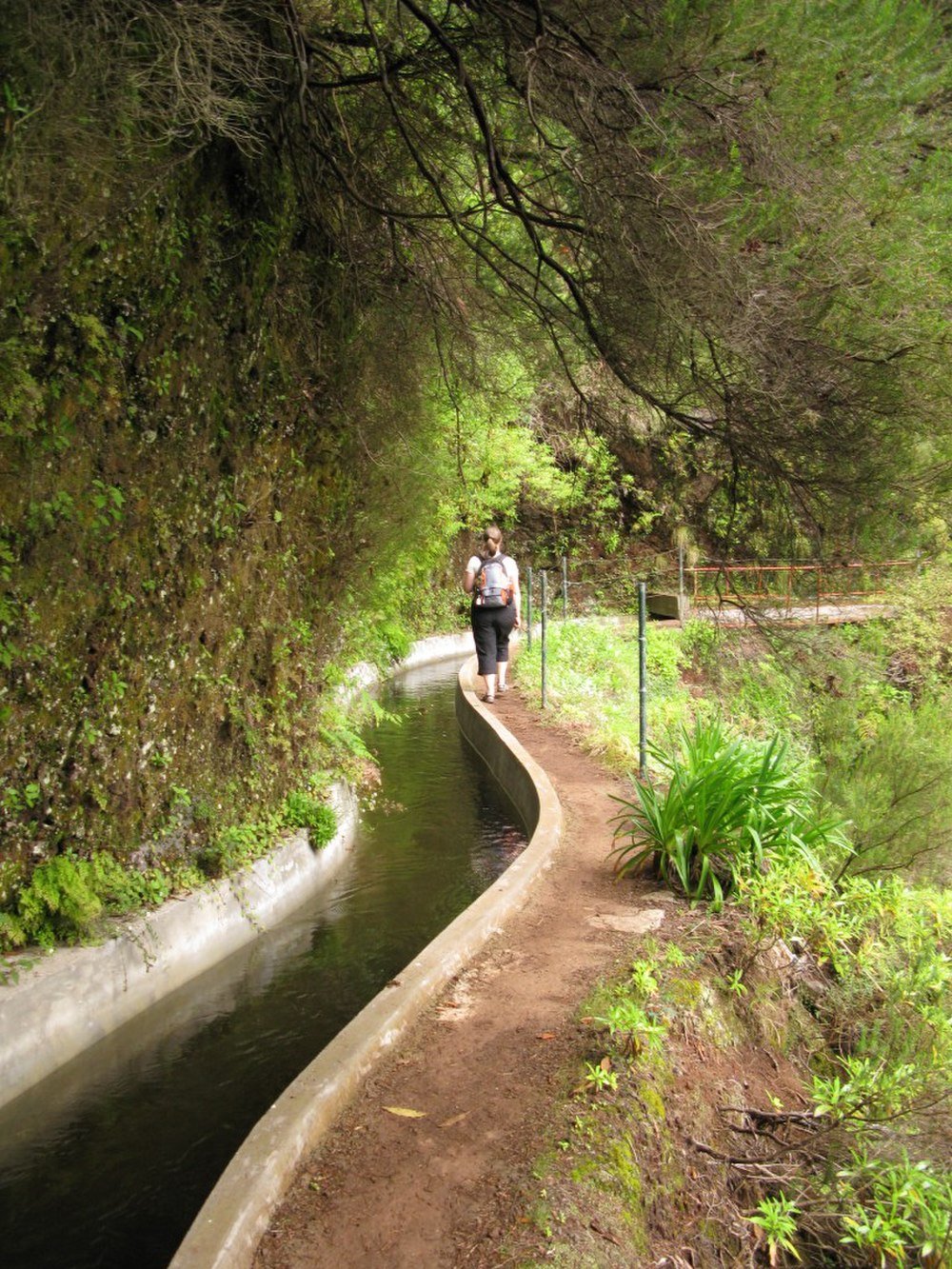
Due to the topography of Madeira Island, the southeast can experience dry weather while the north and northwest receive the majority of the rain. Consequently, scores of canals were constructed along meandering uphill pathways starting in the 1500s, taking their lead from the Moors, to transport water to drier places. These channels’ function has allowed some dramatic and inaccessible sites to be reached. The Levada dos 25 Fontes, which passes the magnificent 100-meter Risco Waterfall, is one of the best routes. The Levada do Caldeiro Verde, on the other hand, dates back to the 1700s and runs through the magnificent So Jorge Valley as it transports water from the highest highlands of Madeira to Faial, which is close to the north shore. A private Walking Tour of Levada das 25 Fontes is a suggested excursion.
Funchal Cable Car
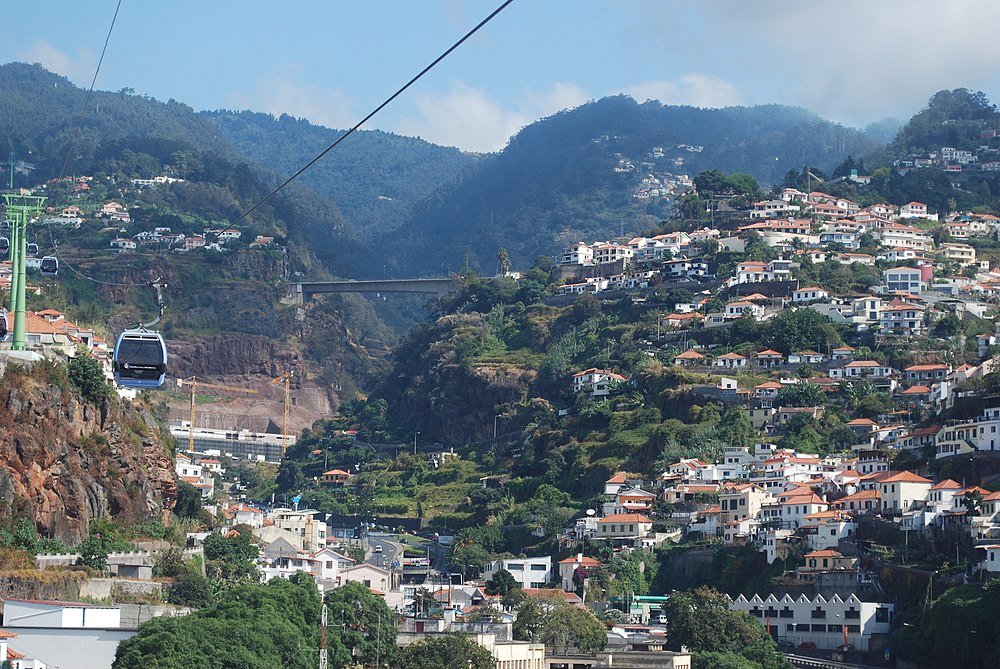
A contemporary cable car system whisks you up from Almirante Reis to Funchal’s upper district of Monte, following the path of an old steam railway line. There’s usually a queue but it always moves quickly, and then you’ll have 15 minutes to soak up the views of the ocean and the terraced mountainsides clustered with white houses. There are many reasons to go, from the picturesque scenery to the Monte Palace Tropical Garden or the Church housing the remains of Emperor Charles I. The strange thing is that when you reach the top, you’ll be ushered into a basket of toboggan and taken down the slope to the heart of Funchal by people wearing white clothes and boaters.
Panoramic Drives
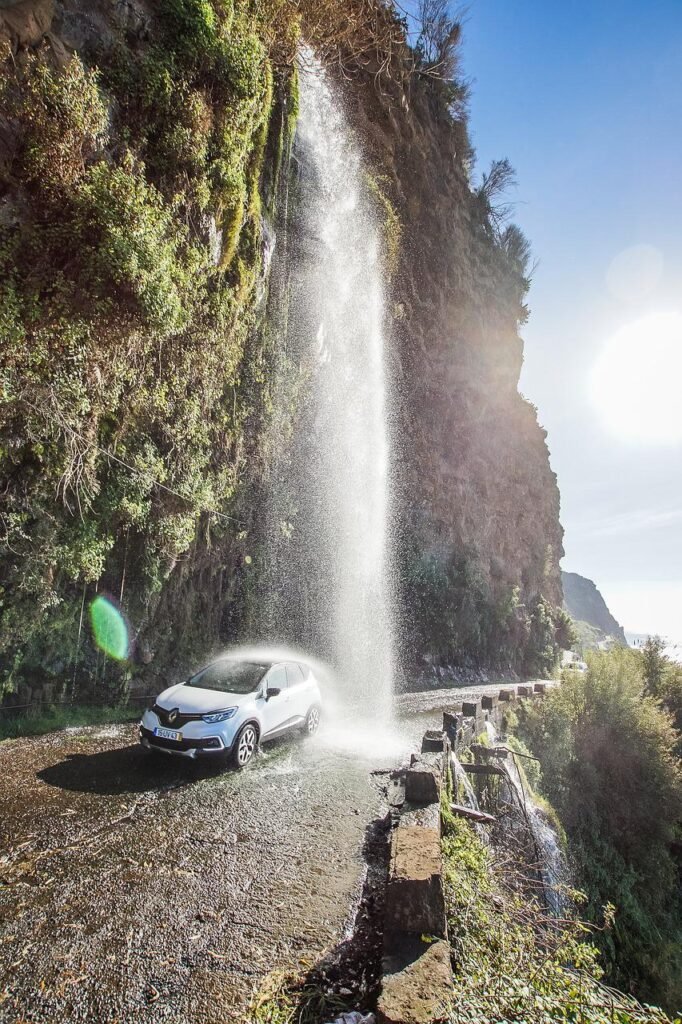
The fact that Madeira has a solid road infrastructure despite its rugged topography is only one of the island’s many unique features. These pathways spare you a strenuous climb while winding through breathtaking natural surroundings. The majority of these took years to build and cost a lot of money. From So Vicente to Porto Moniz on the north coast, you must travel the VE2, which offers nearly continual views of the ocean and clings to the steeply green shoreline. Along the route, there are waterfalls, and you can turn around and visit Seixal to swim in the rock pools. The winding route that climbs from Funchal to Curral das Freiras in the heart of Madeira, about 30 minutes distant, is also breathtaking.
Parque Forestal de Queimadas
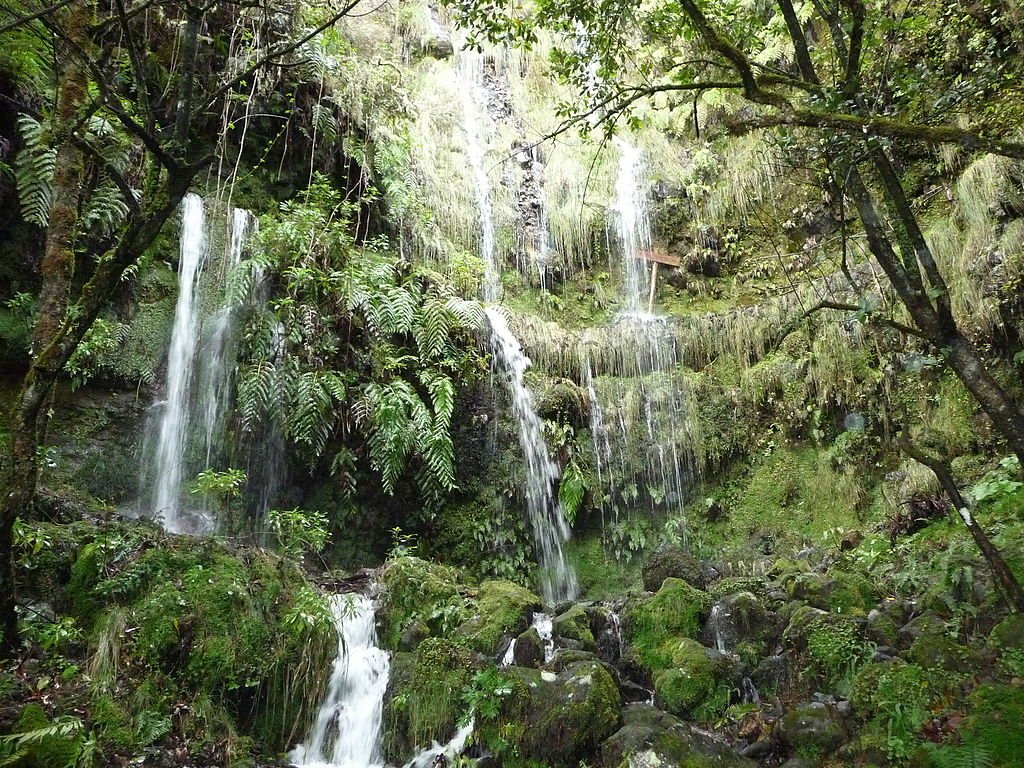
A beautiful subtropical laurel woodland can be found on the Pico Ruivo’s lower northern slopes. The dense vegetation, which includes some of the largest fern fronds in all of Europe, covers the forest floor in moss, lichens, and a mild mist that gives the woodland a misty appearance. From here, you may access a vast network of trails as well as a few Levadas. However, the shelter, which has a thatched room and timber framing in the style of a traditional Santana cottage, is also a great place to go for a picnic.
Monte Palace Tropical Garden
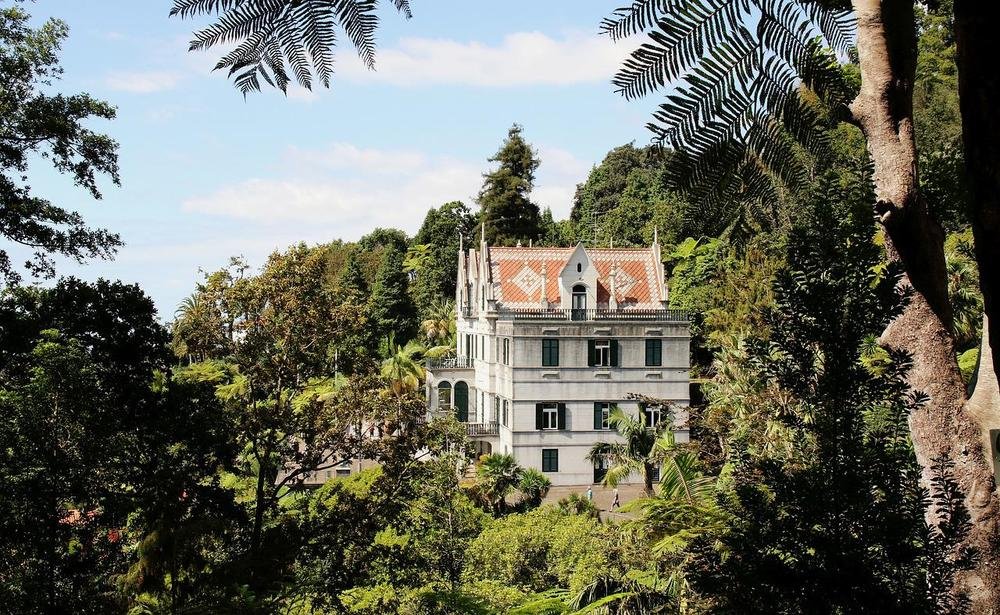
The entrance to these beautiful gardens is the first thing you’ll see when you leave Monte’s cable car terminus. They are arranged on the terraced slopes surrounding the former Monte Palace Hotel, which was constructed at the turn of the 20th century in the Rhenish Revival style. There are medical plants, herb beds, cacti, heather from Scotland, European azaleas, local laurel forest and cycads from South Africa. A pagoda and pond with koi carp are in the Japanese garden, where you may also take a break. Azulejos also emerge among the vegetation, with one particularly memorable example depicting the Portuguese in Japan on a sizable panel with 166 tiles.
Vereda dos Balcões

There’s a car park just off the ER 103 at Ribeira Frio where you can join the Levada da Serra do Faial and embark on a hike to this exceptional belvedere. The destination is glorious but the journey is also unforgettable as you weave through the forest with orchids, Madeira mahogany, Madeira blueberries, but also some exotic species like plane trees and English oaks. The cherry on top is a front-row view of a foggy mountain cirque on the Metade Valley from the belvedere. Sharp peaks give way to undulating hills covered in crops in the distance.
Madeira Film Experience

This film, screened at a cosy theatre by the harbour, condenses Madeira’s history over six centuries into 30 enjoyable minutes. With narration in English, French, German, Dutch, and Portuguese, there is an audioguide system. When there’s so much to see outside you might be wondering how a video presentation can make a list, but it’s a superb introduction to the archipelago. You will learn about the discovery in the 15th century, warfare, starvation, and revolution. Making it your first activity on the island if you are arriving by cruise ship will make you feel knowledgeable once you have finished.
Palheiro Gardens
Set 500 metres above the Atlantic, in the verdant hills just east of Funchal, these gardens at the Quinta do Palheiro estate are proof that almost any plant will thrive in Madeira’s soil. The Blandy family, which has long been involved in the island’s wine industry, has owned the property since 1885. Prior to then, it belonged to the Conde do Carvahal, a Portuguese aristocrat who founded the gardens’ renowned collection of camellias and planted trees. Arranged on terraces are whimsical topiaries, roses, and cypresses, and because of the spring-like climate, the hibiscus and bougainvillaea are known to bloom throughout the year.
Diving
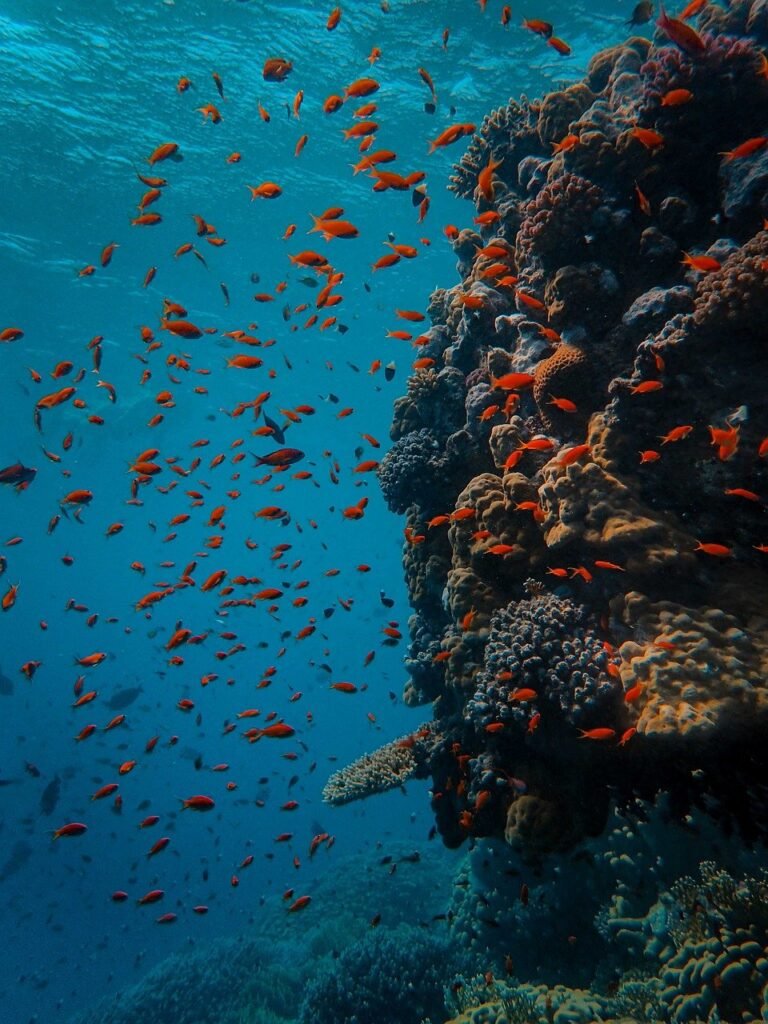
The island of Madeira has become a popular diving destination in Europe. You may thank the exceptional water clarity and stable temperature for this. The water only drops to 18°C in February, which is substantially warmer than much of Europe in the summer. You may expect moderate temperatures of 24°C throughout the peak season in August and September. So if you’re tempted to take the plunge on an SSI or PADI course, Madeira is the place to do it. Being able to observe creatures in the wild that you would often only see online is an honour. You should be able to see grouper, octopus, and moray eels hiding in the rocks. Most diving shops also arrange excursions to the Savage Islands where divers can swim with monk seals, dolphins, and turtles.
Boat Trips
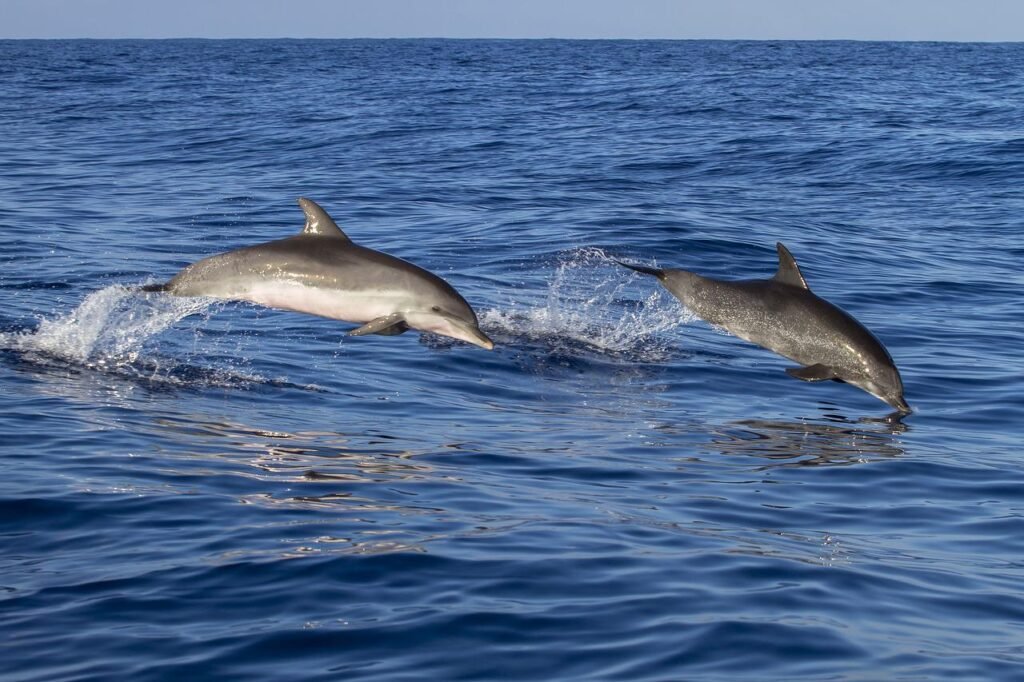
Many businesses offer to take you into the ocean to look for whales and dolphins. While sightings are never specific, skippers are familiar with the area and often spot warning indications. For instance, a sudden swarm of seagulls typically indicates the presence of cetaceans. More than a fifth of all species in the wild—about 20 different species of dolphins and whales—have been discovered off the coast of Madeira. Summer is the best season and if you’re in luck you might see pilot whales, sperm whales and Bryde’s whales, while bottlenose and spotted dolphins are common at any time of year.
Madeira Whale Museum
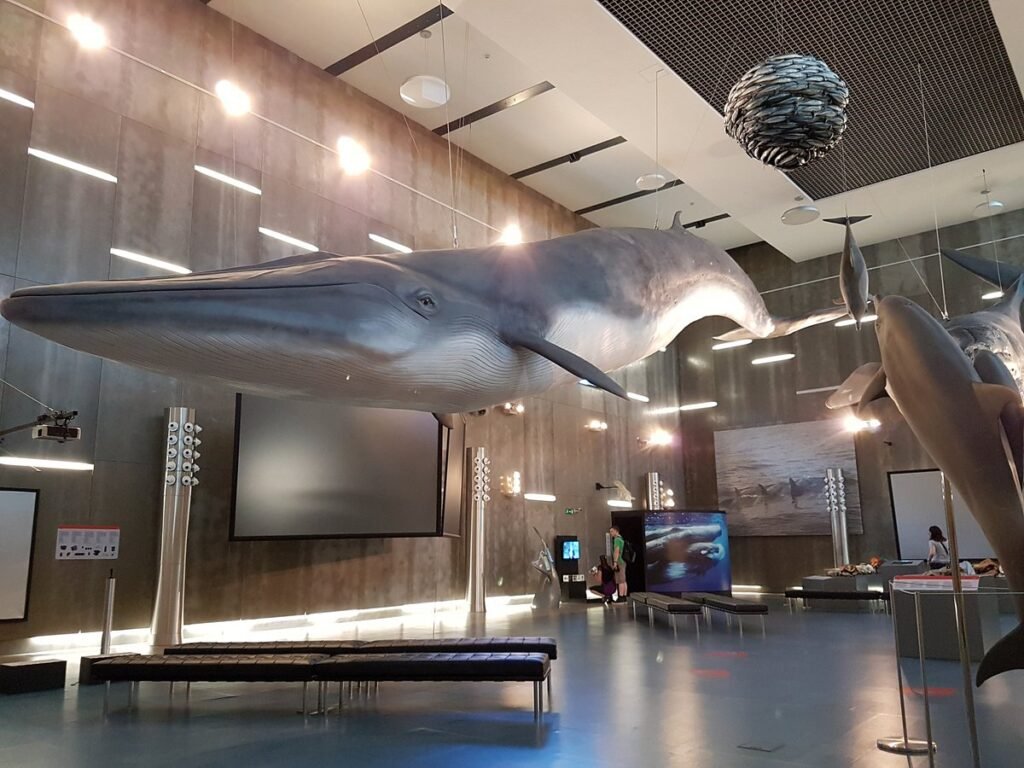
A museum at Caniçal on the island of Madeira chronicles the development of the whale trade. Expeditions were started here as late as 1981 and were based out of Caniçal. In 2011, the museum had a modern makeover after its 1989 debut. What you’ll receive is a straightforward explanation of the whaling business, complete with equipment, ships, and first-person testimonies. As a way of life that Madeira has relegated to the past, this has significant ethnographic importance. However, there is also a part on the preservation of cetaceans and marine life, which includes 3D images and life-size replicas of whales and dolphins.
Madeira Wine
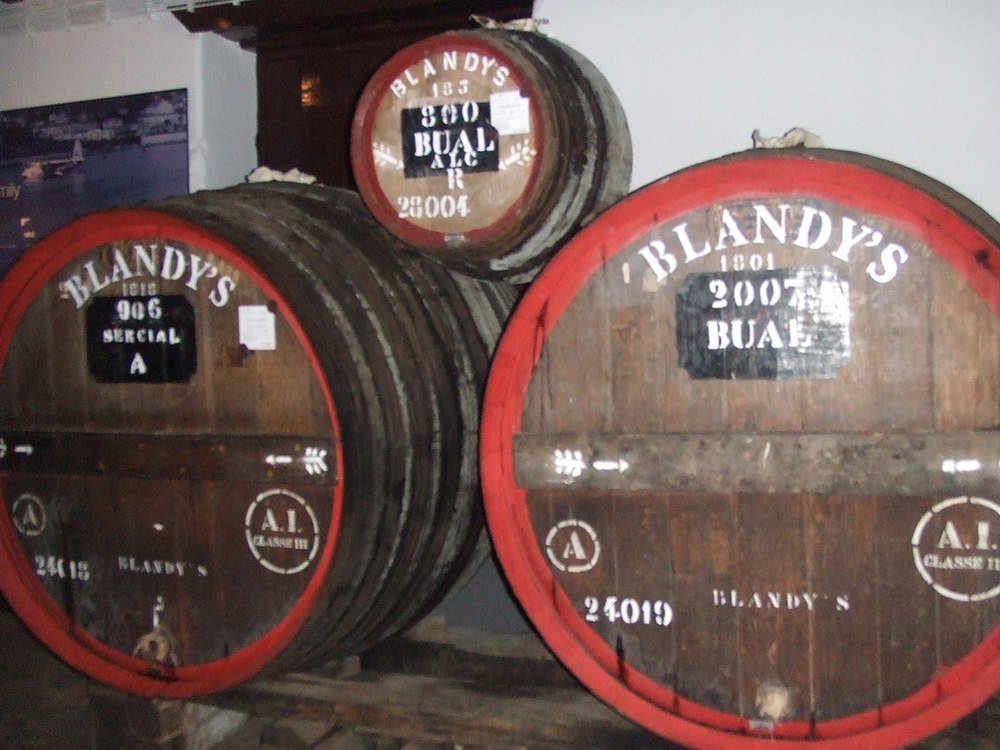
Discovering Madeira’s famous fortified wine is another thing you should do as soon as you reach Funchal. Depending on its quality, this drink will have spent years being matured in specific heated circumstances (some vintages sold are a century old). A nice place to begin is Blandy’s Wine Lodge, which sheds light on this archipelago’s 200-year history of winemaking. If you book a premium tour and tasting, you’ll be shown around the cooperage where the barrels are made, find out how the Negra mole grapes are turned into wine and see the ageing vats made from Brazilian satinwood.


